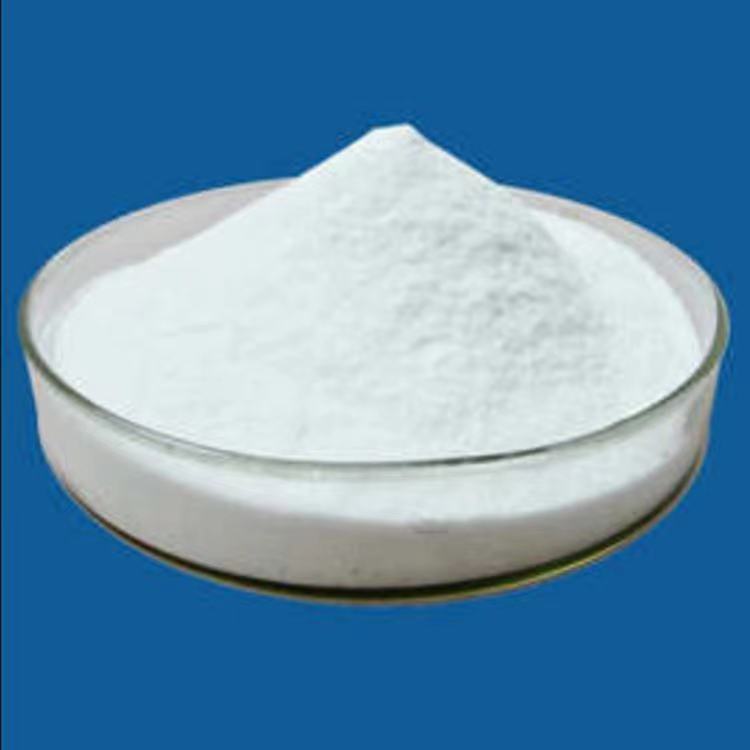Exploring the Supply of Lidocaine: A Comprehensive Overview
Lidocaine, a vital local anesthetic commonly used in medical and dental procedures, is crucial in pain management and surgical practices. This article delves into the complexities of the global supply chain of lidocaine, examining its production, the impact of regulatory frameworks, market dynamics, and future trends. Through detailed analysis, relevant examples, and case studies, this article aims to provide valuable insights for healthcare professionals, suppliers, and policymakers.

Understanding Lidocaine: Uses and Importance
Lidocaine serves as a local anesthetic and antiarrhythmic drug. It blocks nerve signals in your body and is used to numb specific areas to prevent pain during surgical procedures, dental work, and other medical applications. Beyond its anesthetic function, lidocaine also treats conditions involving pain and discomfort, such as sunburns, insect bites, and eczema, when used in topical forms like creams and gels.
- Medical Procedures: Used extensively for local anesthesia during minor surgeries, dental work, and diagnostic procedures.
- Pain Management: Employed in various formulations to manage pain, especially in postoperative settings.
- Antiarrhythmic Usage: Administered intravenously to treat ventricular tachycardia and to perform cardiac procedures.
Global Production and Supply Chain Dynamics
The production of lidocaine primarily involves complex chemical syntheses regulated by stringent quality and safety standards. The major producers of lidocaine are located in the United States, Europe, India, and China. These regions dominate the market due to their advanced pharmaceutical manufacturing technologies and capacity.
Key Factors Influencing Production
- Regulatory Compliance: Adherence to international standards and regulations ensures the safety and efficacy of lidocaine produced.
- Raw Material Availability: The supply of raw materials, mainly sourced from chemical manufacturers, is critical to continuous production.
- Technological Advancements: Innovations in synthesis and formulation techniques contribute to more efficient production processes.
Supply Chain Challenges
The supply chain of lidocaine is fraught with challenges, including regulatory hurdles, logistics issues, and market demand fluctuations. Recent global events, like the COVID-19 pandemic, have strained supply lines, leading to production and distribution disruptions.This section examines how these factors affect the availability and cost of lidocaine.
Market Trends and Economic Factors
Understanding market trends and economic factors is essential for predicting shifts in the lidocaine supply landscape. These elements include demand surges in emerging markets, pricing strategies, and the competitive landscape among key players in the pharmaceutical industry.
Emerging Markets and Demand Growth
As emerging economies expand their healthcare infrastructures, the demand for pharmaceuticals, including lidocaine, has significantly increased. This section discusses how suppliers are scaling operations to meet global demands and what this means for market dynamics.
Pricing and Availability
Factors affecting pricing include production costs, regulatory policies, and market competition. This analysis explores how these elements influence the pricing strategies of lidocaine globally and the implications for healthcare systems in different regions.
Future Outlook and Innovations in Lidocaine Supply
The future of lidocaine supply depends heavily on technological advancements, regulatory changes, and global health trends. Innovations in drug delivery systems and synthetic routes may reduce costs and improve the efficacy of lidocaine products.
Technological Innovations
Advancements in pharmaceutical technology promise to enhance lidocaine's quality and safety and make its production more sustainable and efficient. This section highlights recent innovations and their potential impact on the lidocaine supply chain.
Conclusion: The Strategic Importance of Lidocaine Supply
This article has explored various aspects of the lidocaine supply chain, from production challenges to market trends and future innovations. Understanding these elements is crucial for healthcare stakeholders to ensure this essential drug's continuous availability. The ongoing development of the global health landscape will likely shape the strategies manufacturers and suppliers employ to meet the growing demand for lidocaine effectively and sustainably.
While the lidocaine supply chain faces significant challenges, opportunities for improvement and innovation abound. Stakeholders must navigate these complexities strategically to ensure that this vital medication remains accessible to those in need worldwide.
- Company info
- About US
- Send Inquiry
- News
- FAQs
- sitemap
- User Center
- Tracking Order
- Forget Password
- My Orders
- My Account
- Register
- Join our community
Copyright © 2020-2023 BenzocaineSupplier.com All Rights Reserved.
